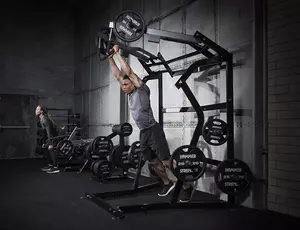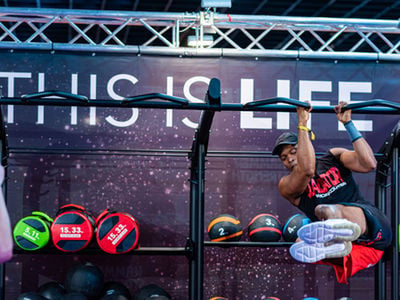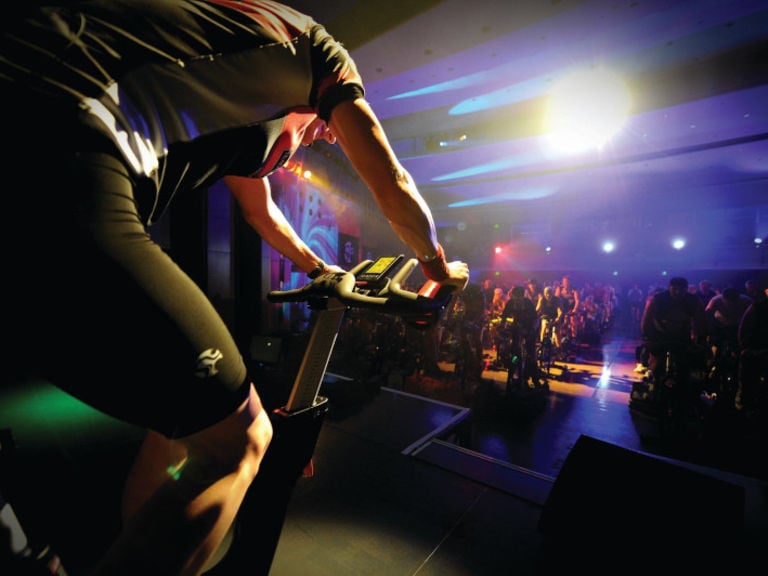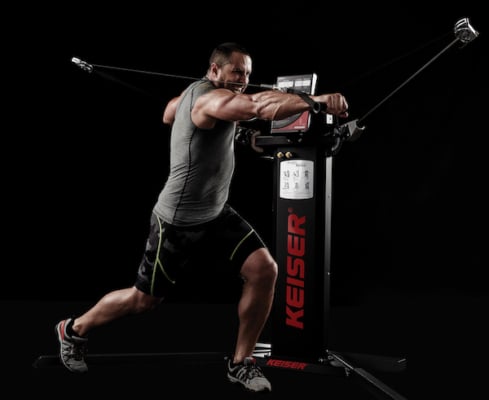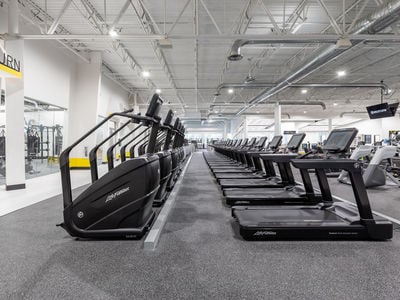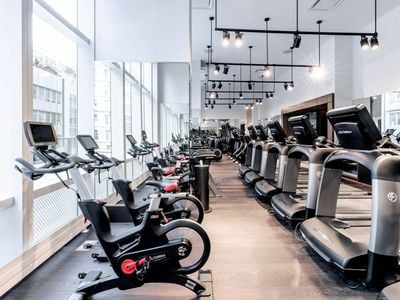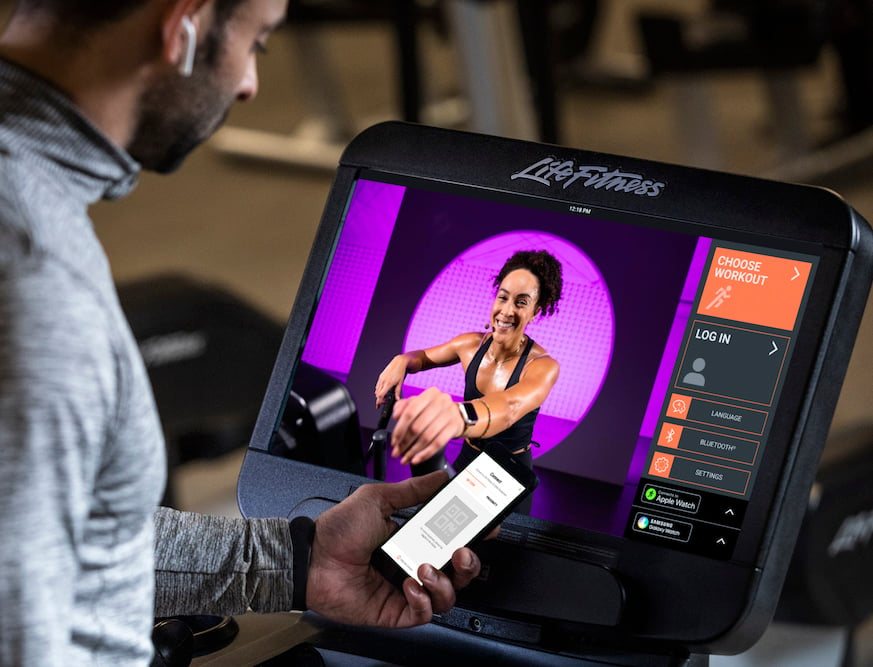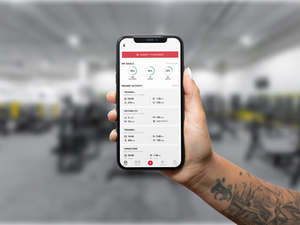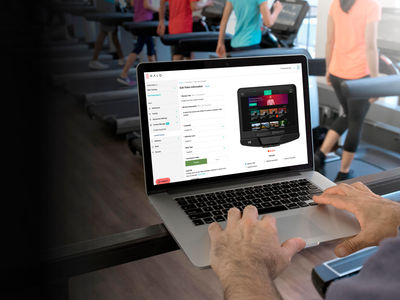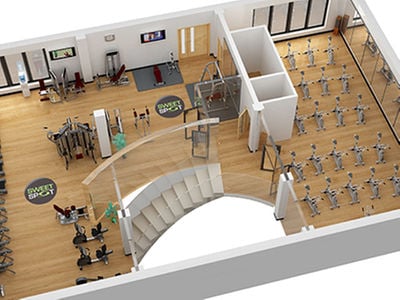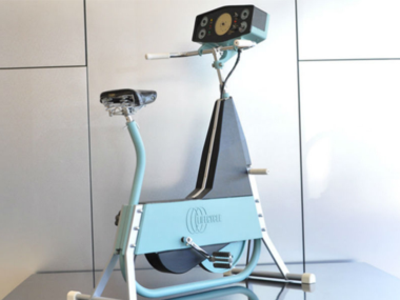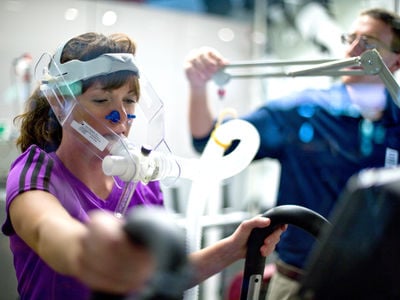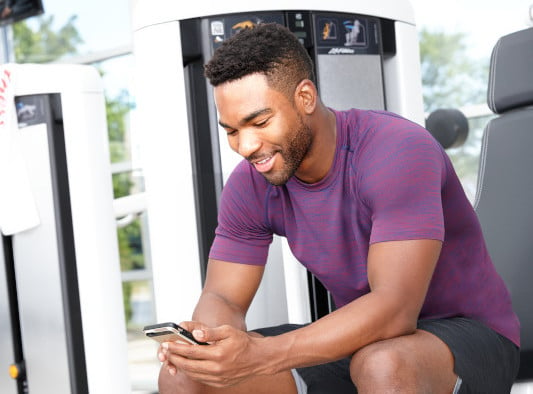Have you ever thought about how the names of different exercises might be affecting your form when you attempt the movement?
Think about it: how you conceive of a movement in your mind affects the way you approach completing that movement. And that all begins with the names of exercises, what we call them. Sometimes that’s helpful — we know a dumbbell lateral raise refers to raising a dumbbell laterally. But there are some tricky ones that might be putting your form off.
Here are a few exercises whose names might be preventing you from properly benefiting from them:
Cable crossovers
A perennial finisher for a chest workout, cable crossovers are a great way to hit your pecs from different angles to what you can manage with bench presses and flyes. However, despite the name, you don’t need to actually cross your hands over during this exercise. In fact, many people don’t — or can’t, especially if they have previously had shoulder issues.
The cable crossover is just as effective with the hands brought together rather than one across the other. In fact, depending on the angle, crossing your hands over might be impossible. As usual, maintaining tension in the target muscle group is the guiding principle.
Straight-arm lat pulldowns
Another cable finisher (or pre-exhauster), this time for your back, the straight-arm lat pulldown is performed using a short bar attached at shoulder level. Extend your arms out and pull down, making sure you can feel the tension in your lats.
The straight-arm part is slightly misleading, however. Yes, you keep your arms straight, but do so without locking your elbows out. If you lock out any joint, it shifts the stress from your target body part to the joint itself, which is a recipe for disaster in the long run.
Stiff-legged deadlifts
Strength and conditioning expert Bret Contreras defines the stiff-legged deadlift as “simply a deadlift performed with high hips while trying to target the hamstrings”.
In his view, the ‘stiff’ part refers to the hamstrings. “The knees will bend, the shins will stay vertical, your hips will sit back, and you will try to keep the hamstrings as stiff as possible throughout the movement,” he says on his website.
But how many people do you know who think ‘stiff-legged’ refers to locking your knees? As mentioned above, when the knees are locked, you’re transferring tension to the joint instead of, in this case, the hamstrings, where you want it.
Now, of course, there are a few variations of a similar movement, and strength coaches each have their own definitions. There’s the Romanian deadlift, where you keep your knees slightly bent but your shins straight, and then there’s the straight-legged deadlift, where there is no knee bend (but also no knee lockout); each variation has its own form peculiarities and uses.
All this said, locking your knees in general is a no-no if you want the tension to remain in the target muscles.
Find more training articles at our blog.

